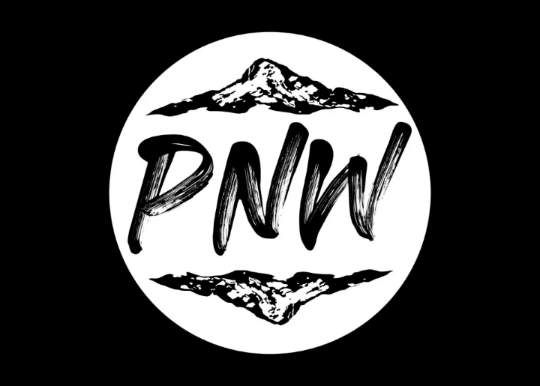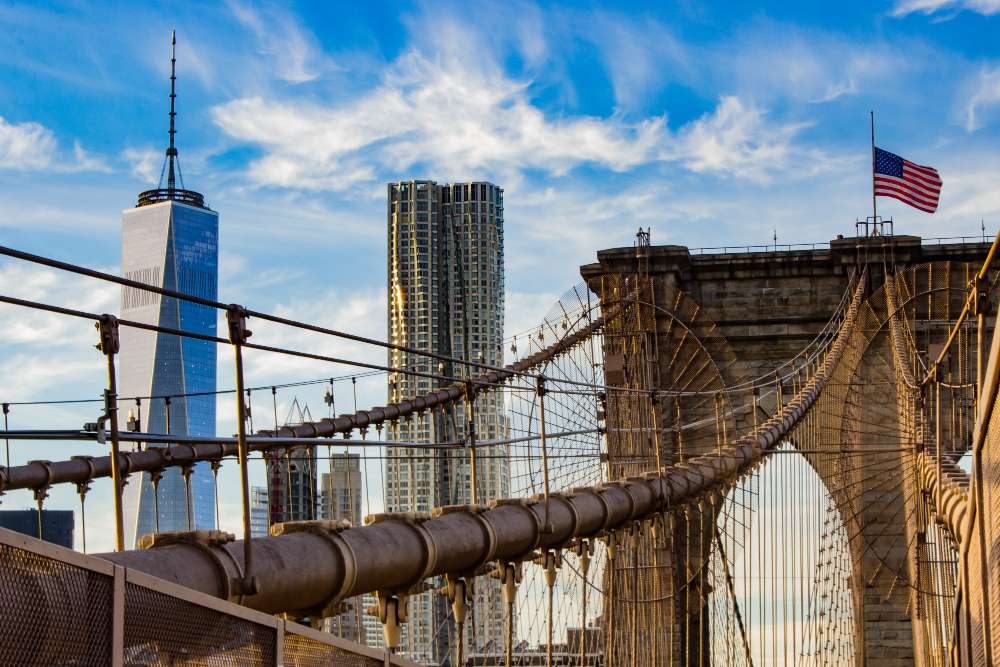American infrastructure is a critical component of our daily lives, shaping everything from the economy to personal convenience, yet its influence often goes unnoticed by many. From highways and bridges to public transit and utilities, the infrastructure we depend on plays a significant role in shaping our nation. Here are profound ways American infrastructure impacts our lives and continues to drive the country forward.
1. Economic Growth
Infrastructure is a major driver of economic growth. Well-maintained roads, ports, and airports enable efficient transportation of goods and services, reducing business costs and boosting competitiveness. Additionally, projects related to infrastructure development create jobs, stimulate investment, and inject money into local economies.
2. Public Health and Safety
Reliable infrastructure ensures clean water delivery, adequate sewage treatment, and safe transportation systems. The condition of roads, bridges, and public transport facilities directly impacts the safety of daily commutes and travel. A breakdown in these systems can lead to severe public health and safety risks.
3. Quality of Life
Infrastructure directly affects the quality of life by determining how long we spend commuting, the reliability of our utilities, and our overall accessibility to services and amenities. Improved infrastructure reduces commute times, increases leisure time, and enhances access to healthcare and education.
4. Environmental Impact
Modern infrastructure projects are designed with sustainability in mind, aiming to minimize environmental impact. This includes integrating renewable energy sources into power grids, developing green buildings, and enhancing water conservation efforts. Conversely, outdated infrastructure can lead to environmental degradation.
5. Real Estate Values
The state of local infrastructure is a significant determinant of property values. Areas with well-developed transport networks, reliable utilities, and good public facilities (such as parks and schools) typically see higher property values and attract more residents.
6. Disaster Resilience and Response
Robust infrastructure is vital for disaster resilience. Well-designed and maintained infrastructure can withstand severe weather events better, and adequate emergency services infrastructure (such as hospitals and fire stations) ensures quicker responses in crises.
7. Social Equity
Thoughtfully designed infrastructure can bridge the gap between different social and economic groups by providing equal access to essential services and opportunities. This includes public transportation connecting low-income neighborhoods to job-rich areas to affordable public utilities and broadband services.
The impact of infrastructure on daily life and the national economy underscores the need for continued investment and updates. As America faces challenges like aging systems and increasing environmental concerns, there is a pressing need to prioritize infrastructure development to maintain what exists, innovate, and prepare for future needs.
Investing in infrastructure is about more than just concrete and steel; it's about committing to a sustainable and prosperous future for all Americans. Infrastructure development must focus on inclusivity, sustainability, and resilience as we look forward. Modernizing our infrastructure with these values in mind will not only improve the current quality of life. Still, it will also ensure that America remains a competitive and vibrant nation on the global stage. The unseen impact of infrastructure is profound and far-reaching. By understanding and supporting the need for quality infrastructure, everyone can contribute to a stronger, healthier, and more equitable America.

